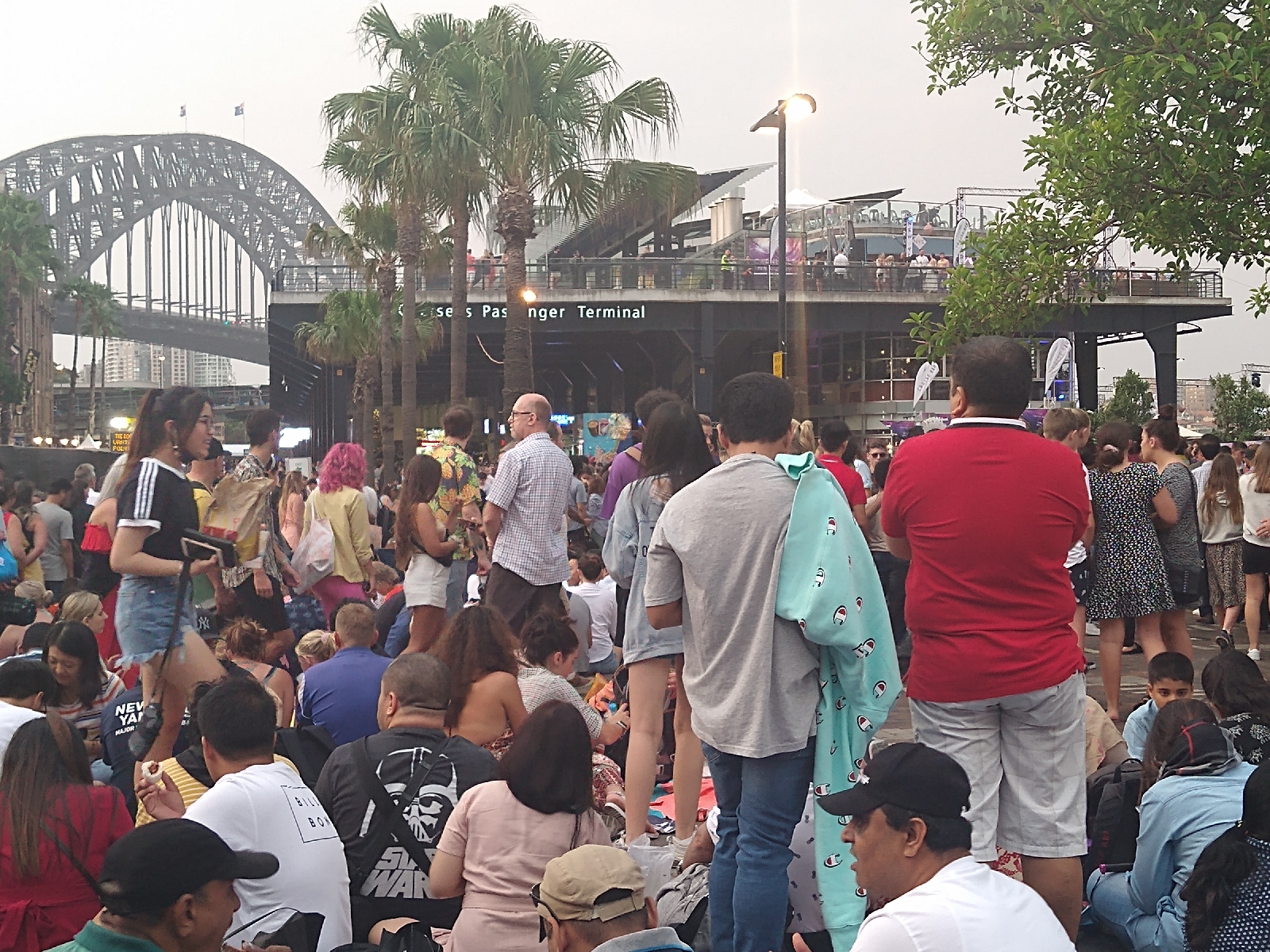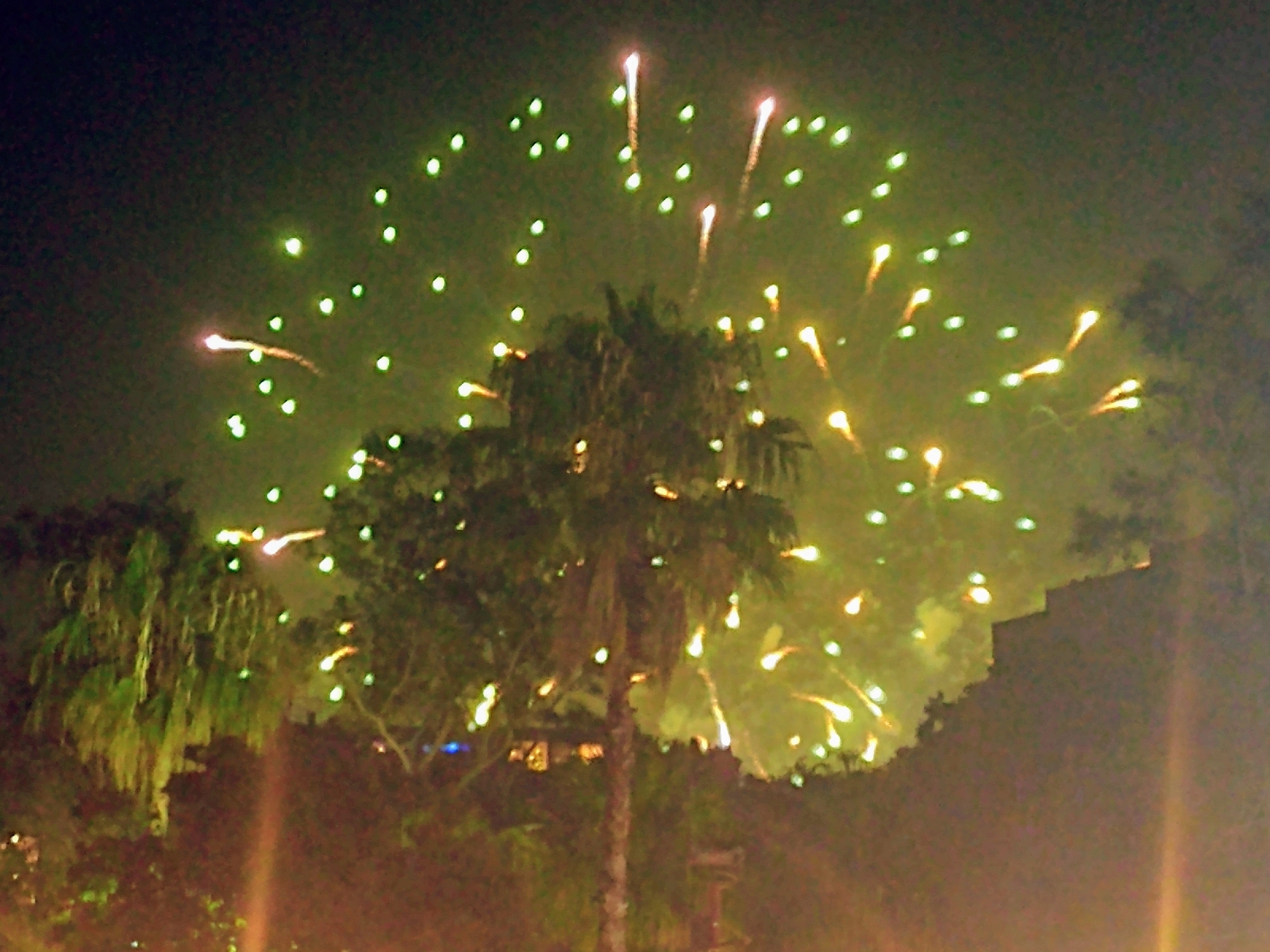I am posting this ahead of the third part of the Auckland tour because of its timeliness. We reached back here in Sydney from Auckland on 30th evening.
We planned the Aussie trip with the idea of seeing the fireworks on new year eve at the Sydney Harbour Bridge. Not just because it's an iconic annual event.
Though new year breaks in New Zealand two hours earlier, and there too there are fireworks, we have all grown up seeing the Sydney photos on the front page of newspapers.
But this time, fireworks have evoked mixed feelings. It's not just about celebrations. Forest fires that are still raging (for well over a month now) in New South Wales and Victoria states have claimed many lives and property. News of the fires is the headline news every day.
There was a demand to have this marquee NYE event cancelled in deference to the feelings of those affected by the forest fires, especially since all around Sydney there is a total fire ban in place.
After all the debates and campaigns, for and against, the Royal Fire Service gave the go ahead. One of the reasons for it is that many people have already paid to watch the event. But there are a good number of people who aren't happy that this is happening. One of my friends here is boycotting this. She said she won't watch it even on television.
It's with this mixed feeling that my wife, son and I are sitting at Circular Quay, one of the best spots. We reached here at 5.15 pm.
It was a very hot in the morning and afternoon with hot wind making it quite unbearable. But now the temperature has dropped and sunshine doesn't have the severity it had earlier in the day.
Two flags fluttering atop the bridge are flying at half mast.
Most of the vantage points have already been occupied. But we managed to find a seat for three of us with a good clear view of the bridge.
****
It's now 7.45 pm. Absolutely pleasant weather now here with cool breeze blowing. People are still streaming in. Most of them are tourists. All vacant spaces on the ground have now been almost fully occupied with people spreading clothes to sit on.
Some of them are reading books, some listening to music, some on video chat, some others are playing cards, a few are having snacks. After all, over four hours to go.
Meanwhile, the flags, which were flying at half mast earlier in the evening, are now flying at full mast.
****
At 9 pm the family fireworks were set to go off. But, it began only at 9.15. Later I learnt that it was because of the strong gusts of wind that has blowing across this region. This fireworks is meant for the small children who might not be awake till midnight.
There were loud cheers as flares went up at three locations, and crackers burst. This precursor to the real event was impressive enough.
It's like a break time now, with many dispersing for dinner or snacks. Soon all will be back here for the midnight fireworks.
Waiting for the clock to strike 12, taking us to 2020. We plan to leave this place around 1230.
Wish you all a Happy New Year!

















































